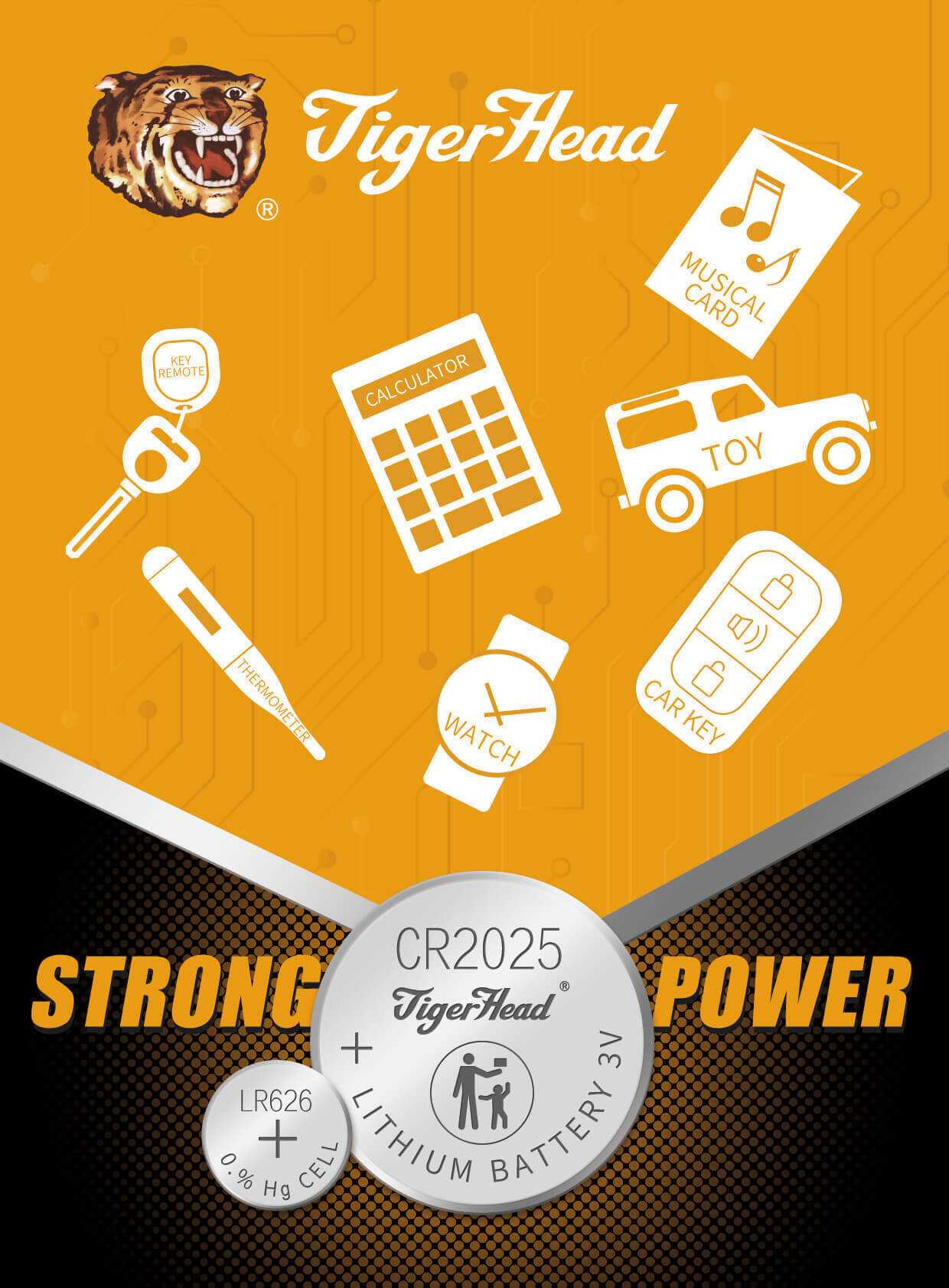What Is a Button Cell Battery?
Button Cell Battery
A button cell battery is a small single-cell battery shaped as a squat cylinder typically 5 to 25 mm in diameter and 1 to 6 mm high-resembling a button.
The button cell battery is composed of an anode, cathode, and electrolyte. The anode and cathode are insulated by a sealing ring, which not only plays the role of insulation but also prevents the electrolyte from leaking.
Button cells are single cells, usually disposable primary cells. The common anode material is zinc or lithium. The common cathode materials are manganese dioxide, silver oxide, carbon monofluoride, copper oxide, or oxygen in the air. Mercuric oxide button cells used to be common, but are no longer available due to the toxicity and environmental impact of mercury.
There are many types of button cell batteries, most of which are named after the materials used, such as silver oxide batteries, lithium batteries, alkaline manganese batteries, etc. There are differences in the chemical components of different types of button cell batteries, and therefore the applicable electronic devices may differ.
What Are Button Cell Batteries Used In?
Button cell battery is one of the best batteries that provide strong power. The button cell batteries we use commonly in daily life are created to make our lives easier.
Button cell battery has the characteristics of high capacity, good property, and wide usage range. As the use of small electronic devices increases, the type of button cell battery becomes more and more popular.

Button cell batteries are used to power small portable electronic devices such as watches and calculators. Thanks to their small size, button cell batteries are widely used in all kinds of tiny electronic products. You may also find button cell batteries in the following electronic devices.
● Scales
● Cameras
● Car Keys
● Hearing Aid
● Reading Light
● Children's toys
● Thermometers
● Toy Walkie Talkie
● Remote Controls
● Electronic Dictionary
● Musical Greeting Cards, and many more







